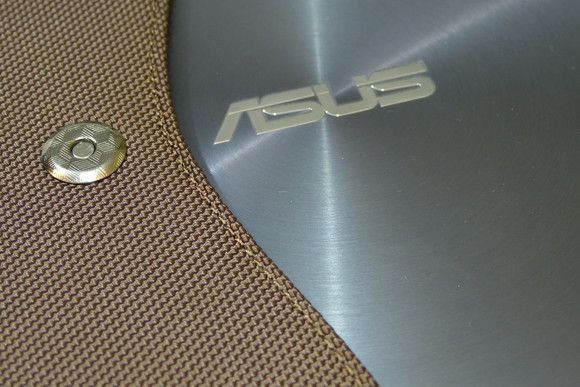I don’t believe any of the Gen-1 Ultrabooks should be taken off the market to be replaced with Ivy Bridge models but there’s a risk that they will be if manufacturers adopt a two-prong approach with low and high-end Ivy Bridge devices. News just in via The Verge says that new Ivy Bridge Ultrabooks, the UX32A and UX32Vd, will start at $800. Does that leave any space for price drops on the UX21 and UX31?
While old stock may go for cheaper prices in Q3 we think it’s unlikely that the UX21 and UX31 will continue on the production line.
Article: Cheaper 2012 Ultrabooks
Back to the UX32A and UX32Vd though and we’re talking about new designs with 13.3″ full HD screens (potentially leaving space for a the 1600 x 900 screens to drop into ‘mainstream’?) with Intel Wireless and in the case of the UX32Vd, the Nvidia 620M discreet graphics card (according to The Verge.) The disk is a 500GB ‘hybrid’ which doesn’t mean much apart from capacity until it’s tested.
Pricing is the point here though. The Verge reports that these new Asus Ultrabooks will start at $800. That’s $150 cheaper than the current lowest priced Zenbook and you’re getting a screen upgrade, more efficiency, we assume a Windows 8 upgrade route (low-cost or free) and the big increase in 3D performance on both the embedded and discreet graphics units. Unless these ‘budget’ Zenbooks have been hit by the ugly stick, they’re going to offer much more, for much less which means the UX21 and UX31, both still great Ultrabooks, would have to take a $250-300 price drop to keep in-line. We don’t think that ASUS are ready for that sort of price drop yet and we’re predicting that when 1st-gen Zenbook stocks have gone, at reduced prices, that could be the end of the line for them. If Asus do manage to slip them in at $699 and keep production going though, customers will have some great value choices and Acer will have a job on its hands to keep up.
Via Netbooknews.de












Manufacturers should also come out with a basic ultrabook without all the “stupid” features which most of us don’t want. People still prefer lower prices as opposed to a list of features which they hardly use. Things would unlikely go wrong too as there are lesser electronics to deal with. Even when things go wrong, it would also be cheaper to fix a basic ultrabook. I know many people totally not interested in say, Intel Wireless Display (WiDi) for example, thus, by reducing all these features, manufacturers can reduce the price to the already pricey ultrabook.
This reminds me of some cars having rain sensors ie sensors on the windscreen that swtiches your wipers on when rain drops fall on it. Some fools think this is brilliant. But when one changes his windscreen (due to stone shattering), the windscreen cost 5x more than the standard windscreen.
Should manufacturers be looking at lowering the weight of their current ultrabooks and making it thinner? Some are pretty heavy at 1.5Kgs.
“The Verge reports that these models will be cheaper than the UX31 models because they’ll feature hard drives with 24GB of solid state cache instead of larger solid state disks. They’ll also be a little thicker and heavier than the pricier models which will be priced at $1100 and up,” (from Liliputing)
This IS great news! I’d love to hear that battery life will increase to 8 hours but I’m ok with the Asus UX series doing what it does best. That’s a great utlrabook at a great price and what’s necessary to compete with the MBA.
I’d certainly consider a UX ultrabook (the current real SSD version would be my pick) but my wife will have nothing to do with a laptop that can’t get 8 hours of battery life.
Great job, Asus!
Adam
full hd screens fanless laptops in the future what we now need
to make it complete is a new revolutionary battery technology
check out
http://en.wikipedia.org/wiki/Nanowire_battery
I bet that the fund managers for the $300m Ultrabook fund are looking carefully at battery technology.
Ugh. Don’t we already have plenty of these out on the market? They call them “laptops”.
Seriously, the ultrabook classification being widened to include 15″ screens and 4-pound+ weights completely invalidates the distinction. It dilutes the classification entirely.
What’s next, desktop replacement ultrabooks with 17″ screens and only weighing 6 pounds?
I just hope that the UX32VD comes in a version with only a Solid State Drive. A hybrid hard drive is useless.